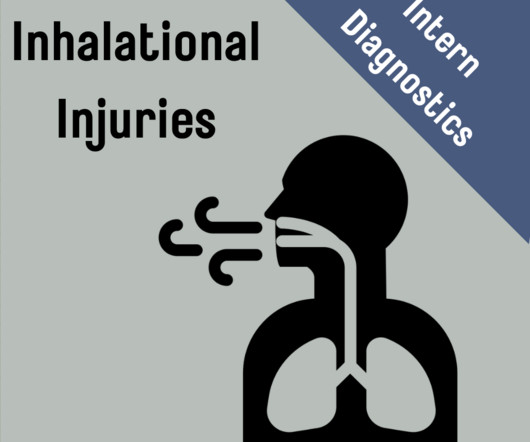Chemical Burns
Mind The Bleep
OCTOBER 29, 2024
Establish IV access and begin fluid resuscitation with 250ml boluses of 0.9% National Poisons Information Service (0344 892 0111) and TOXBASE have useful information on special chemicals and are accessible 24/7. This includes adequate pain control, fluid resuscitation, and stabilization of any systemic complications.










Let's personalize your content